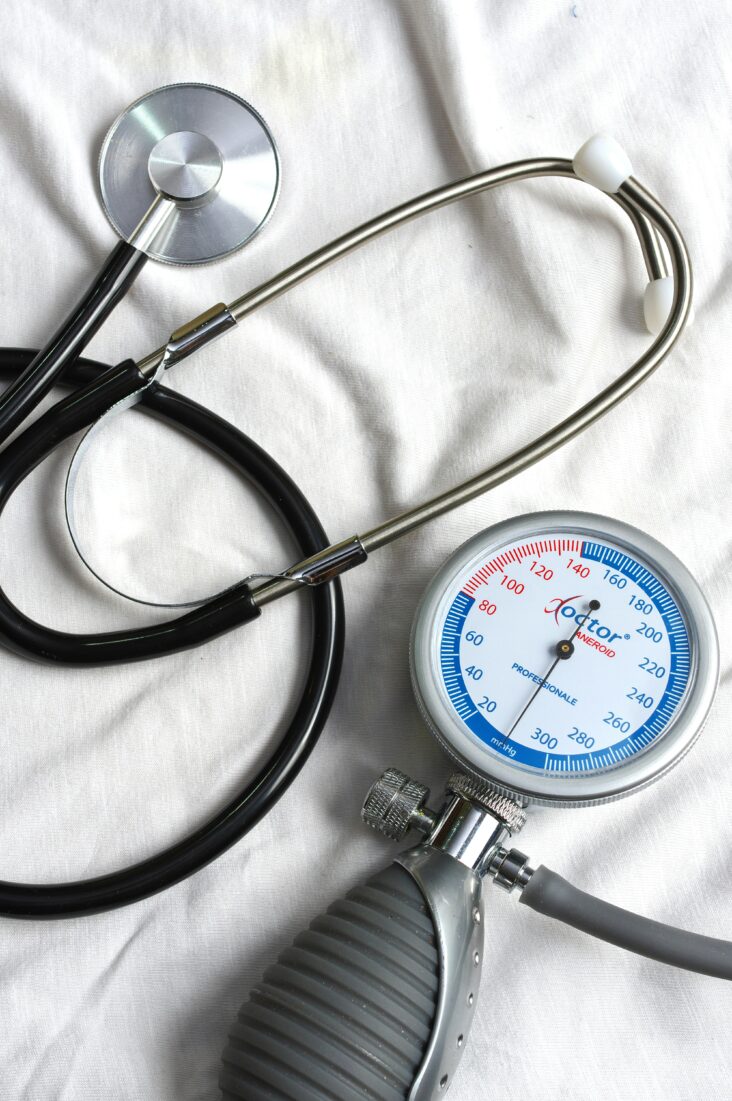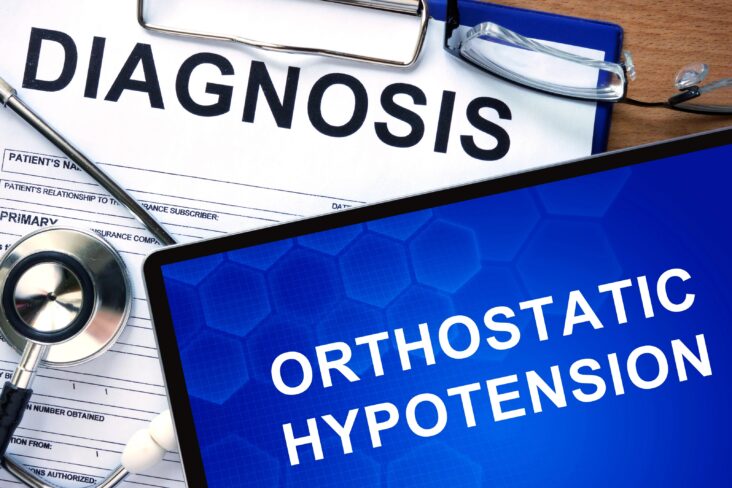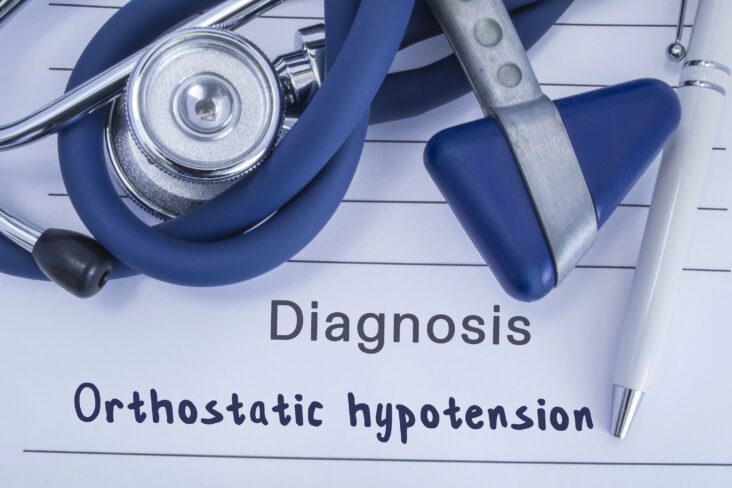Click Here to Download this Blog Post – Orthostatic Hypotension: Part 4 Of 6
Dr. Nicholas L. DePace, M.D., F.A.C.C.
This is Part 4 of a 6 Part Series about Orthostatic-Hypotension
The first thing when a person presents with orthostatic hypotension is to determine if there is a volume depletion issue or if there is truly an autonomic (baroreflex) failure.
Neurogenic autonomic hypotension, which means not related to dehydration, volume depletion, or a drug effect, can be classified into disorders with either a primary or secondary cause of autonomic failure.
It is estimated that up to 40% of people have no definite cause of orthostatic hypotension, and therefore, it is idiopathic.
About a quarter can have underlying neurodegenerative disorders, a third autonomic failure to diabetic neuropathy or paraneoplastic syndromes (cancer-related neuropathies).
The use of antidepressant drugs is often the cause of orthostatic hypotension if really sought for.
Secondary causes of autonomic dysfunction include peripheral neuropathies that affect the peripheral small fibers, which include the autonomic nerves.
The most common is diabetes mellitus.
However, usually, before this occurs in diabetes, one will have sensory abnormalities of the hands and feet, such as numbness and tingling, and then autonomic neuropathy will follow with drops in blood pressure.
Amyloidosis is not an uncommon cause of a peripheral neuropathy that can leave a person with orthostatic hypotension.
We will do an amyloid workup on patients who present with orthostatic hypotension and also a diabetic workup, including a hemoglobin A1c.
The amyloid workup may include genetic testing and blood and urine workup, especially to look for special types of proteins and immunoglobulins.







